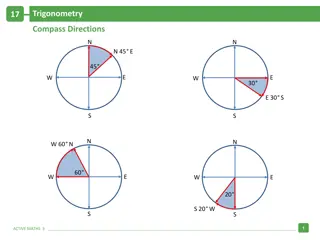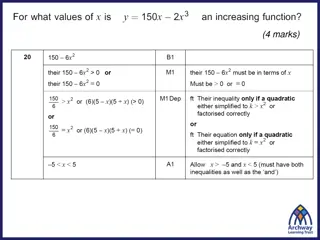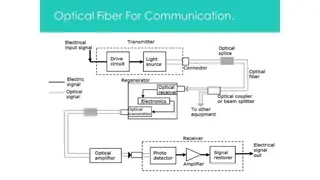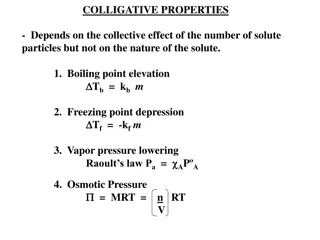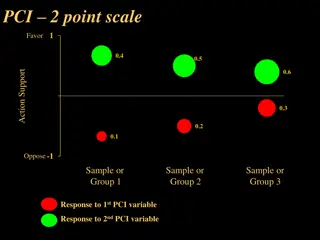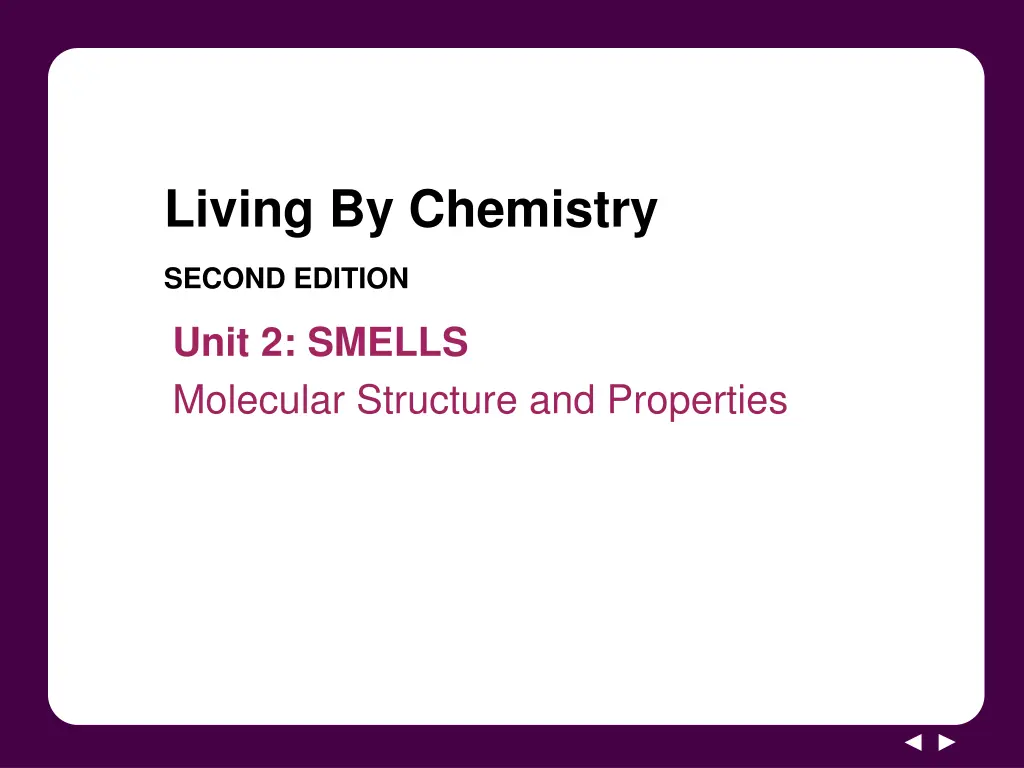
Understanding Smell Detection: Receptor Site Theory Explained
Dive into the fascinating world of smell detection with the Receptor Site Theory, exploring how molecules fit into receptor sites in the nose to produce smells. Discover the key concepts and models behind how our noses detect and identify different scents in this insightful study unit from Living By Chemistry SECOND EDITION.
Download Presentation

Please find below an Image/Link to download the presentation.
The content on the website is provided AS IS for your information and personal use only. It may not be sold, licensed, or shared on other websites without obtaining consent from the author. If you encounter any issues during the download, it is possible that the publisher has removed the file from their server.
You are allowed to download the files provided on this website for personal or commercial use, subject to the condition that they are used lawfully. All files are the property of their respective owners.
The content on the website is provided AS IS for your information and personal use only. It may not be sold, licensed, or shared on other websites without obtaining consent from the author.
E N D
Presentation Transcript
Living By Chemistry SECOND EDITION Unit 2: SMELLS Molecular Structure and Properties
Lesson 41: How Does The Nose Know? Receptor Site Theory
ChemCatalyst 1. Suppose you needed to separate coins but could not see them. Explain how you would make a machine that detects and sorts coins. 2. How do you think your nose detects a smell?
Key Question How does the nose detect and identify different smells?
You will be able to: come up with a plausible model to explain how smell works in the nose, based on the evidence thus far describe the receptor site model
Prepare for the Activity Work in groups of four.
Discussion Notes Scientists have proposed many theories about how smell works and created models corresponding to these theories.
Discussion Notes (cont.) Receptor site theory: The currently accepted model explaining how smells are detected in the nose. Molecules fit into receptor sites that correspond to the overall shape of the molecule. This stimulates a response in the body.
Wrap Up How does the nose detect and identify different smells? The currently accepted model for smell describes smell molecules landing in receptor sites that fit the shape of the smell molecules. In the receptor site model, each receptor site has a specific shape that corresponds to the shape of just a few smell molecules.
Check-In One of the molecules that gives coffee its smell is 2-furylmethanethiol. 1. Write down everything you know about how this molecule is detected by the nose. 2. Draw a possible receptor site for this molecule.






